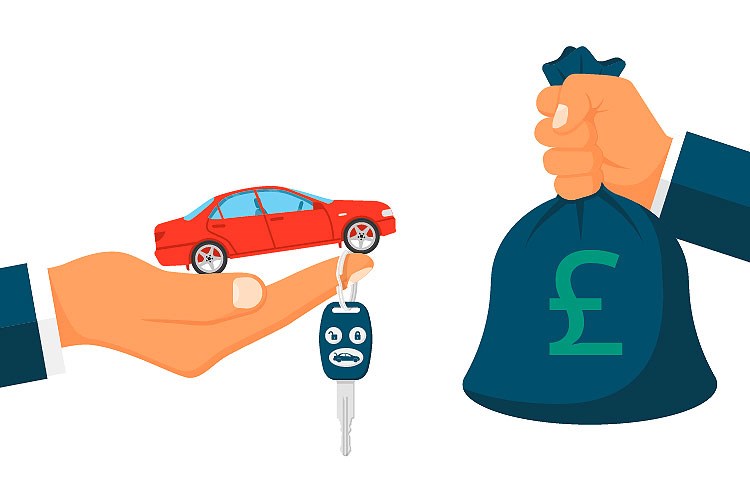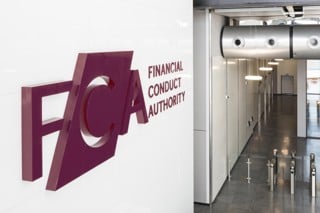Dealerships will need to focus more carefully than ever on how they deliver motor finance in light of the FCA’s ongoing investigation into the market.
Above all, they need to ensure the product is both suitable and affordable for the customer, and that they fully understand the terms of the agreement they are entering into.
With new advances in online finance allowing the consumer to do almost everything from the comfort of their own home, we take a look at the pros and cons of that model versus traditional in-showroom finance.
In-showroom finance
In-showroom finance has long been the traditional way of providing car finance, but that could be about to change with the rapid rise of online finance. However, it still has a lot of advantages over its online rival, as well as some potential pitfalls.
Andrew Smith, compliance specialist consultant, Compliancy Services, said that the main benefit of in-showroom finance is being able to meet face-to-face with a person who can talk through all the options available, as well as the chance to ask questions. Another advantage is the duty of care the dealer is obliged to provide that is not always available online, he said.
“The dealership and individual providing the customer with the information and supporting them through the process has a responsibility and accountability to make sure they are doing the right thing for the customer and are not knowingly putting them in a position of detriment,” he said.
However, Smith added that one potential downside of in-showroom finance is some franchised groups may be restricted by the products they can offer and the lenders to which they have access, compared to online.
Chris Bosworth, director of strategy at Close Brothers Motor Finance, added that buying a vehicle through a dealership also means the customer receives a high level of expert knowledge that should help ensure they purchase the vehicle that best meets their needs.
“In fact, our Britain Under the Bonnet report found that more than half of UK adults went to a dealership to ask for advice when they purchased their latest vehicle,” he said.
He added: “Finally, if the customer enters a showroom having already been given similar quotes from other finance companies, this provides the dealer with the opportunity to try to offer the best deal or match the one offered, if they can.”
Auto Trader’s head of motor finance Paul Harrison said that the key advantage of the showroom is the staff have time to better understand the needs of an individual, rather than the customer only having access to potentially restricted information online.
However, he added that it wasn’t without its flaws: “For consumers, it’s often a time-consuming and sometimes inflexible process that doesn’t focus on the specific questions or component of the sale they are most interested in.”
Ian Beardmore, chief executive at Consumer Credit Compliance, said that the key benefit of the dealership is the customer can be made fully aware of the type of agreement they are entering into and the specific conditions of that agreement, rather than just ticking boxes online.
“When you have a human being sitting down with you they can go through and explain everything clearly, including all the pre-contract information, and they can seek the customer’s acknowledgement that they have understood it,” he said.
Louise Wallis, head of business management for the National Franchised Dealers Association, said another advantage is being able to develop a longer-term relationship with the customer, allowing the dealer to then offer add-on products such as servicing, warranties and breakdown cover.
“By building a deeper, lasting relationship, the dealer can ensure that the customer keeps coming back,” she said.
Online finance
With the growth in online usage to get quotes and apply for finance, the need for an offering on different platforms has never been greater. While the immediate advantages of speed and efficiency may be obvious, it has its pitfalls.
James Tew, chief executive of iVendi, said the main benefit of online finance is the consistency it provides when presenting the full range of products against the vehicles available.
“That allows the customer to choose the right product more easily, both in terms of type and price,” he said. “The other advantage is that the customer can do it from the comfort of their own home, where there is no pressure to buy.”
Online finance also allows customers to do their research beforehand and find out what products are available, as well as their likelihood of being approved, before going into the showroom, Tew added.
However, Beardmore argues that, in some cases, rather than offering the full range of products, sometimes it focuses merely on the easiest ones to explain. Another problem with online finance, he said, is making sure that the product is suitable for the customer and it is properly explained.
“One of the biggest challenges for online finance is making sure that all of the products available are tested for their suitability and affordability, and they are adequately explained so the customer knows exactly what they are signing up for,” he said.
However, Shaun Harris, sales director at Codeweavers, said that, on balance, the advantages of online finance outweigh the disadvantages, notably its 24/7 availability, with customers able to access it almost wherever and whenever they like.
“An online finance model makes it easier for customers to self-discover and self-select the finance offer that suits their needs,” he said.
Karl Werner, CEO of MotoNovo Motor Finance Division, said that the key benefit of online finance is that it puts the consumer in control.
But he added that one area of concern is when a customer is not automatically accepted, or is accepted on a rate for risk basis. Here, prompt dealer intervention and well-crafted online communication and messaging is required to reassure the customer that their case is being reviewed, he said.
Founder and chief executive of Dealflo Abe Smith added: “Moving to a digital experience, whether accessed from a showroom or remotely, can provide the control, consistency and proof, protecting customers, lenders and dealers alike, while providing the regulator with practical assurance on compliance.”
Simon Cadbury, head of strategy and innovation at Intelligent Environments, said that another advantage is that by completing the process online first, the need for filling in forms in the showroom is negated, allowing the dealer to focus on selling the vehicle.
“Therefore, you don’t go through the whole process of finding the car of your dreams only to discover that you can’t buy it because you don’t have the necessary credit approval,” he said.
Graham Hill, vehicle finance director at the National Association of Commercial Finance Brokers, said that the main problem with online, however, was making sure the customer has read the terms and conditions properly.
“Nine times out of 10 the customer probably hasn’t bothered to read all the text and just ticked the box at the end,” he said. “Whereas in the showroom, the salesman should make sure that you have read through the documentation and understand it, and give you the opportunity to ask any questions.”
ALEX WRIGHT



















Login to comment
Comments
No comments have been made yet.